Home » World’s First Passenger Fast Ferry Equipped with Machine Vision Unveiled in the Canary Islands.
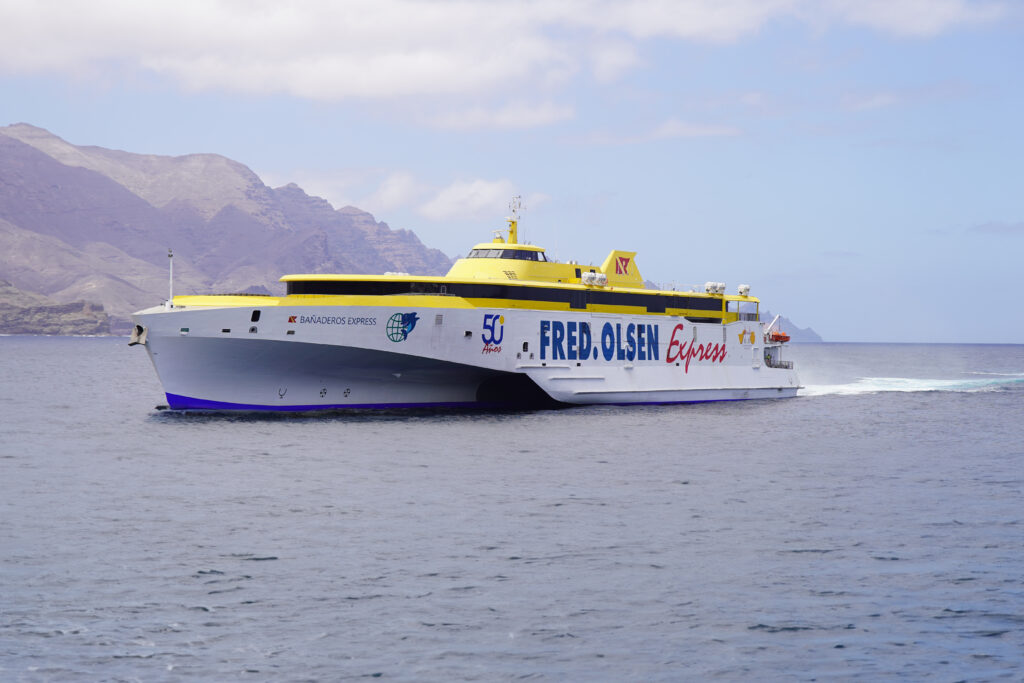
Prevention of collisions at sea remains fundamental to maritime culture. Over the years human watch systems have developed and are today defined in the COLREGs. For seafarers, they have been augmented by an internationally agreed systems of lights, shapes and sounds on vessels, buoys and lighthouses. In more recent decades colossal advancements have been made in electronics such as radar, AIS and the possibility of overlaying their data upon electronic charts.
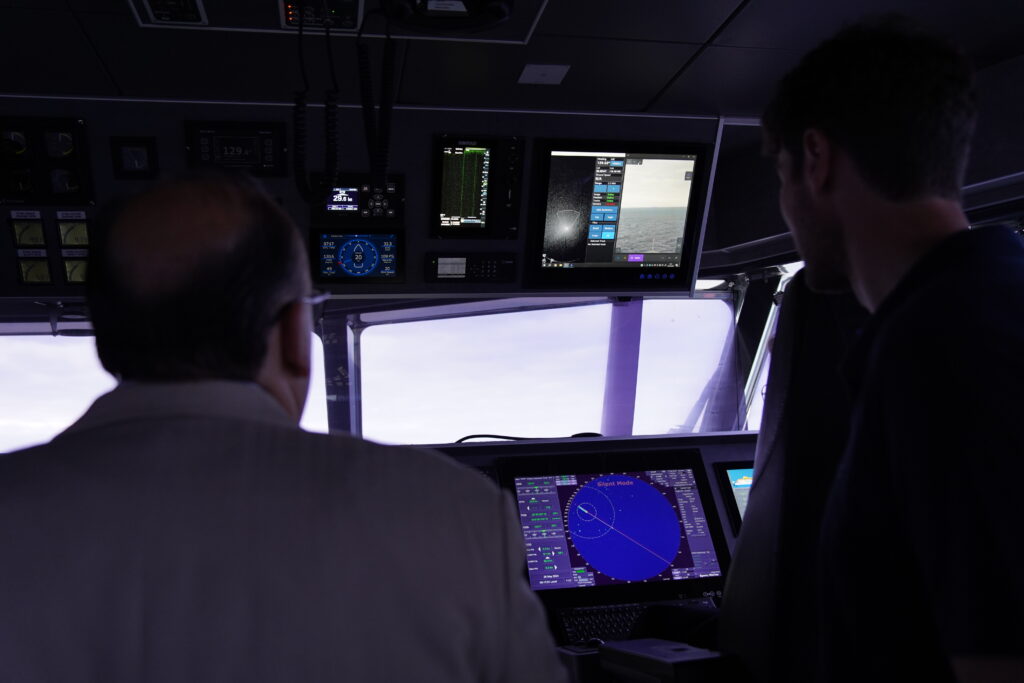
SEA.AI represents the next step in this evolution, by harnessing latest technologies such as ‘machine vision’ and AI to help fill in a gap in the human and electronic arsenal – short to medium range collision avoidance, that for the first time is ‘intelligent’. At present AIS can show and identify maritime traffic, superimposed over an electronic chart that in turn indicates fixed features such buoys, beacons and other navigational marks. SEA.AI takes this to the next level and can alert navigators and officers on the bridge to everything else floating on the water that has not been identified by these other systems. Most crucially SEA.AI can identify targets and can automatically determine what is a potential collision threat and what isn’t.
To achieve this, it uses an externally mounted unit, typically mounted at the highest point on the ship. This unit is fitted with two high resolution daylight cameras capable of operating in the lowest light and contrast situations. In addition, it has two thermal cameras, accurate to 0.05°C which enable SEA.AI to function at night. The cameras are both gyro and digitally stabilised to provide a constant watch 360° around the vessel.
In practice the outputs from SEA.AI’s cameras eliminate the digital ‘noise’ of the sea to determine potential targets in real time. The visual and thermal signatures of these targets is then compared to those within SEA.AI’s ever-growing proprietary database of millions of annotated marine objects. This process harnesses the latest machine vision technology, best-in-class deep learning capabilities enabling SEA.AI to provide the most comprehensive digital interpretation of a vessel’s surroundings. Its output can be shown on a display on the bridge or on a computer or tablet. Once potential collisions have been determined, SEA. AI will automatically alert the crew. The system is stand-alone and requires no internet connection.
With its cameras suitably mounted, SEA.AI’s Sentry (aimed at commercial and governmental ships) will identify larger vessels not fitted with AIS up to a range of 7.5km; smaller craft such as local fishing boats, dinghies and inflatables up to 3km and buoys and potentially dangerous flotsam up to 700m away. This latter feature, assisted by its thermal cameras, makes the SEA.AI Sentry an invaluable tool in man overboard search and rescue situations.
Launched in 2018 SEA.AI was inspired by collision avoidance technology developed for the automotive industry. Initially it was tested in the maritime world aboard shorthanded racing yachts competing in round the world races such as the Vendée Globe. Its product line has since developed with tailored equipment targeting all sectors of the maritime world.
Fred. Olsen SA has tested SEA.AI and has been attracted by the gap it fills in their collision avoidance equipment and also by the high resolution of its imagery, which on its own is a vital ingredient in the process of identifying potential targets.
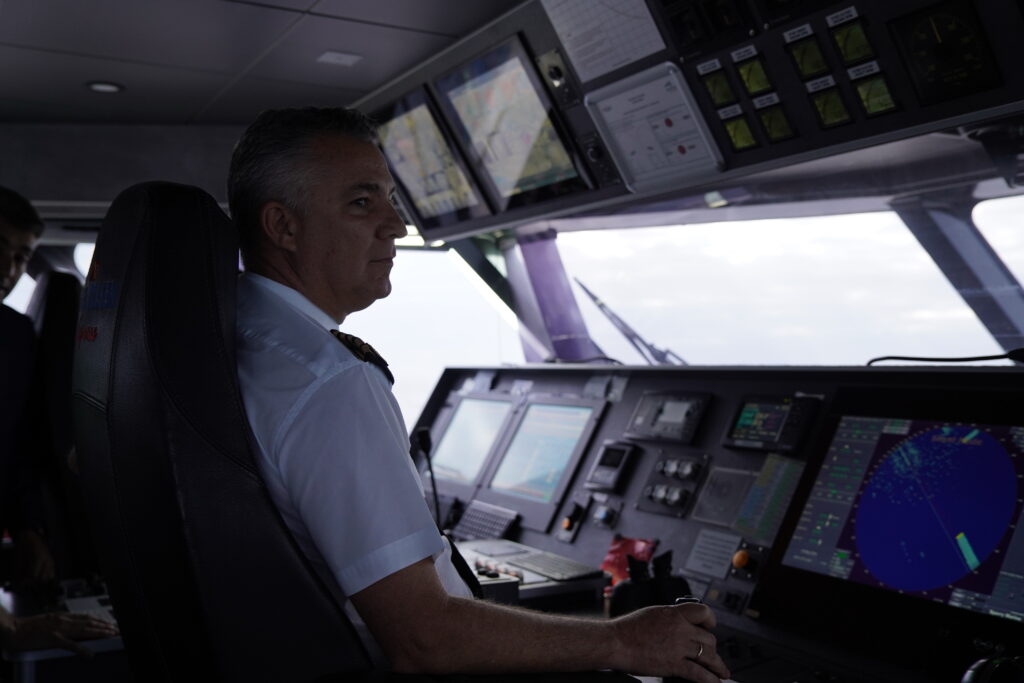
“This camera [SEA.AI] already has some incredible innovations because the technology has allowed us to incorporate more things [ such as the visual validation of radar targets]. It has artificial intelligence, and it has imaging software that inform us of what we are seeing. At the end of the day, even though all high-speed ships are required to have two officers maintaining a constant look-out, it [SEA.AI] is like having a third officer also looking, because as soon as it detects any object it gives you a warning saying something is there.”
Ivan Fernandez, Head of the Technical Department at Fred. Olsen Express
“We are happy for SEA.AI to make its debut in the commercial fast ferry sector with Fred. Olsen Express. We thank them for their trust and their assistance in helping us to develop SEA.AI so it’s features can be put to the most effective use by vessels such as theirs. We hope our equipment will improve the safety of all their ships and their passengers.”
Diogo Arreda, Country Manager and Business Developer at SEA.AI
The innovative use of artificial intelligence and machine vision in collision avoidance marks a new era in maritime safety. This development is expected to set a benchmark for other operators in the industry, highlighting the importance of continuous improvement and adoption of cutting-edge technologies to enhance safety at sea. The successful implementation of SEA.AI by Fred. Olsen Express, facilitated by Aeromarine, is a testament to the transformative potential of advanced technology in improving maritime operations and ensuring the well-being of passengers and crew.
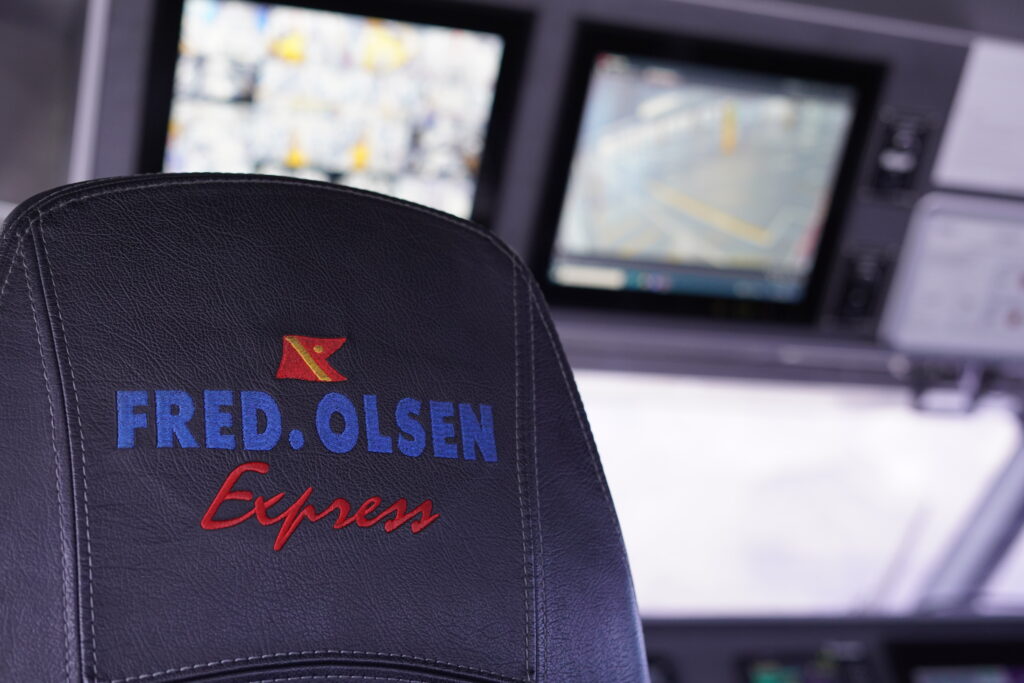
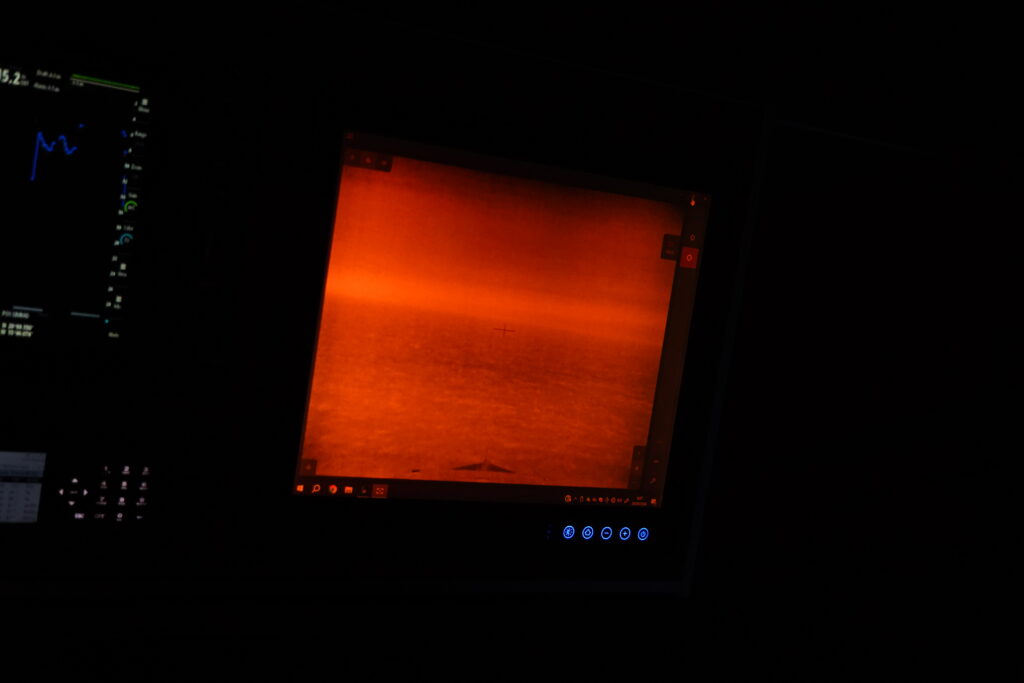
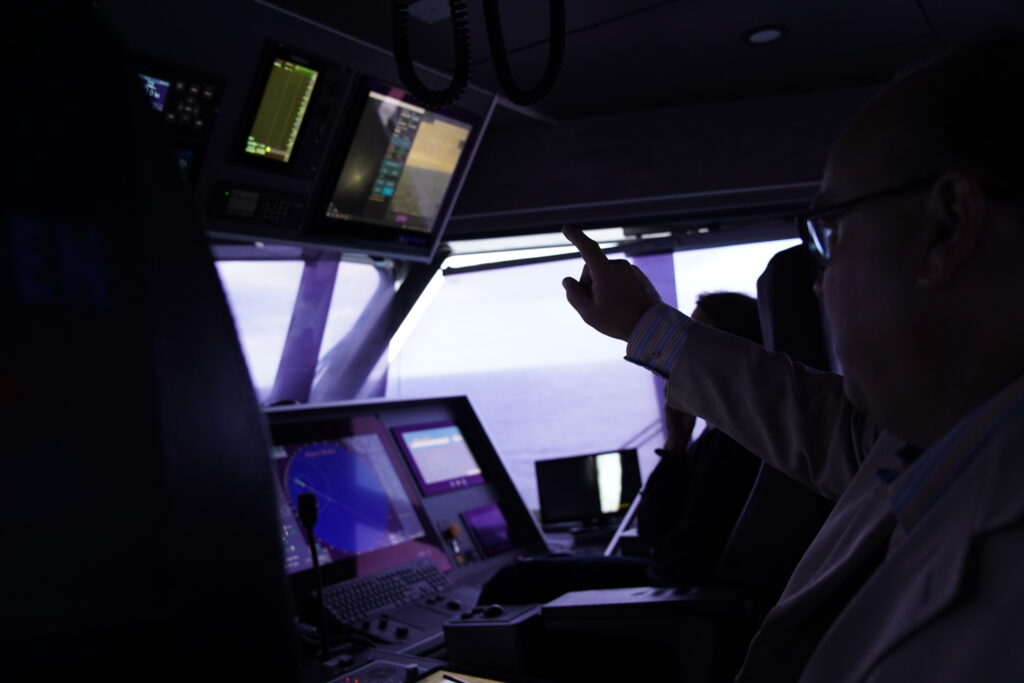
This Friday (28th April 2024), the Transat CIC will set sail from Lorient in the Western France to New York in the East Coast of the USA. This race will feature 33 IMOCA of which 20 are equipped with SEA.AI Machine Vision System.
SEA.AI demonstrated its machine vision at the Congressional Boating Caucus briefing on April 11, 2024, in Washington, D.C..
Baltic Yachts, a Pioneering Shipyard, integrates SEA.AI Machine Vision Technology to its Range of Innovative Options